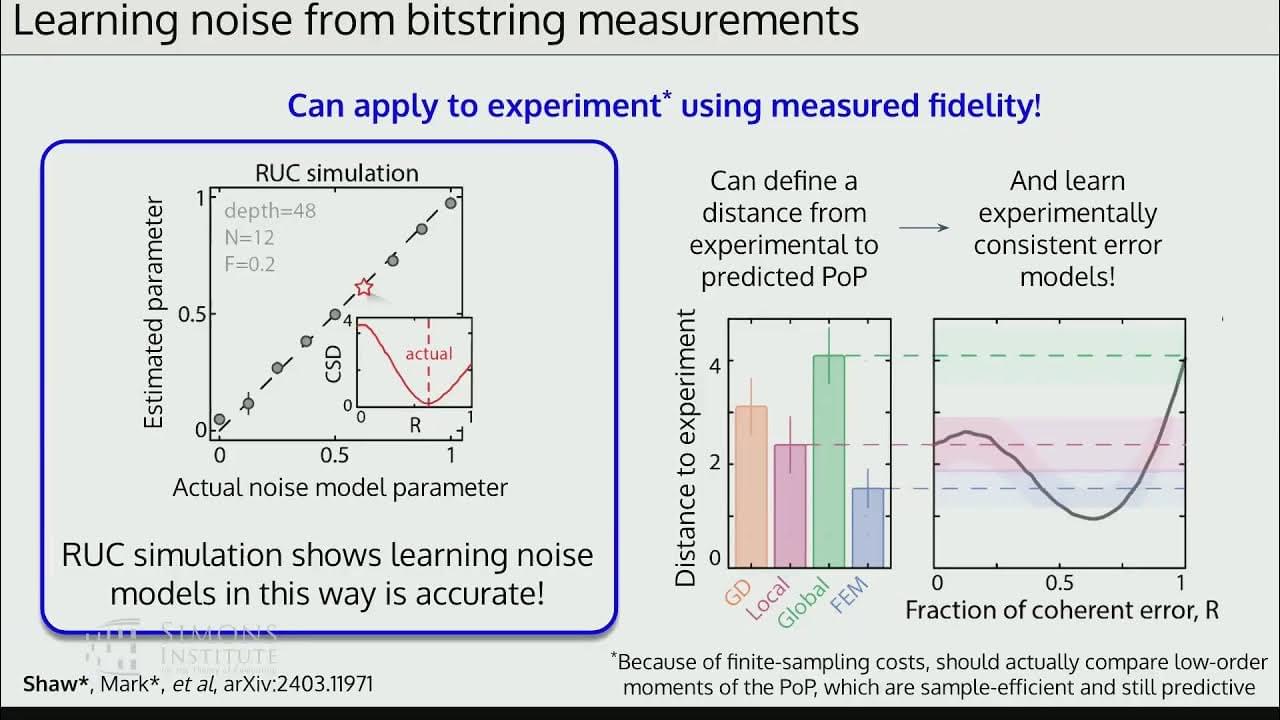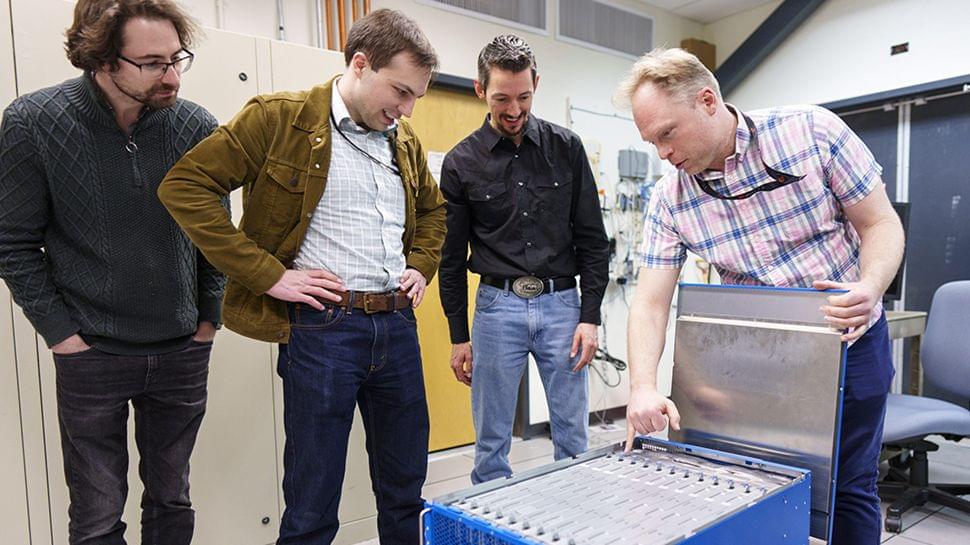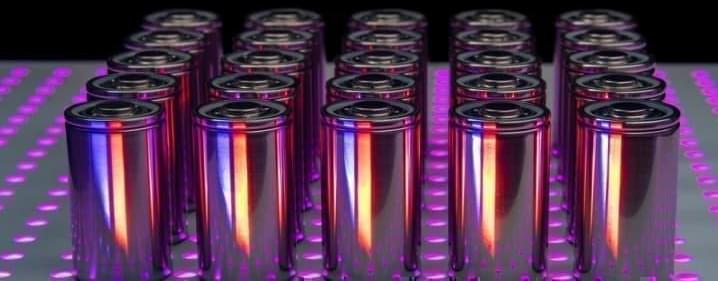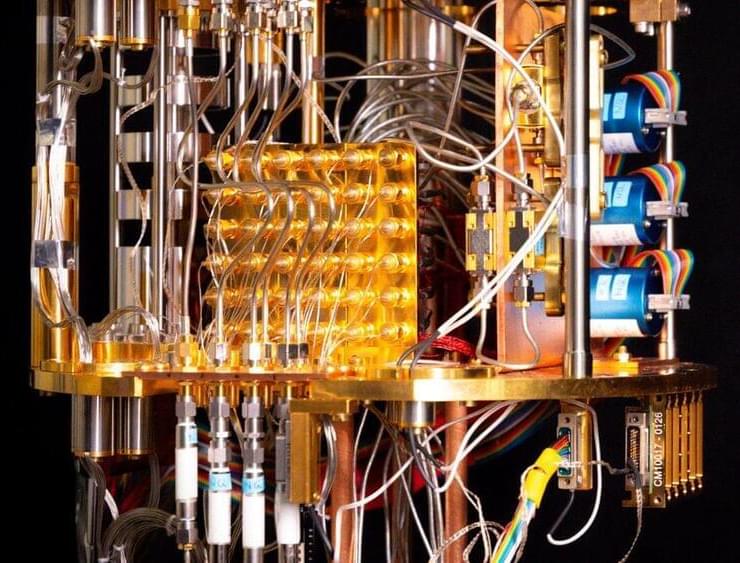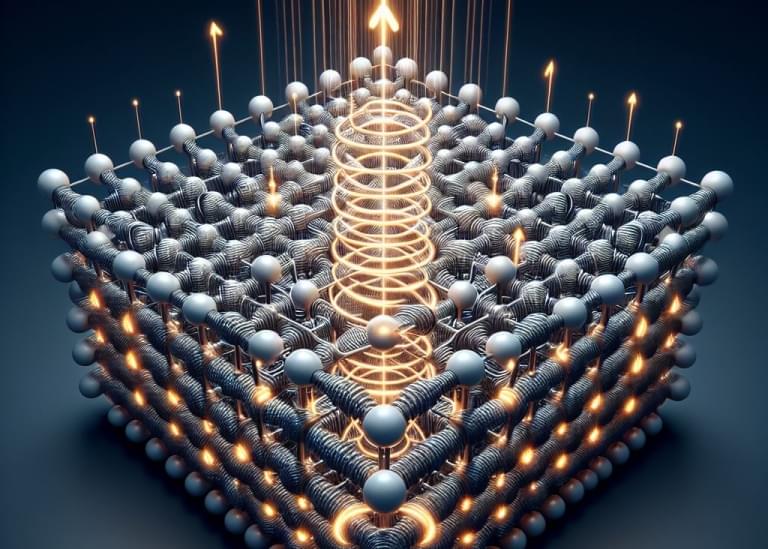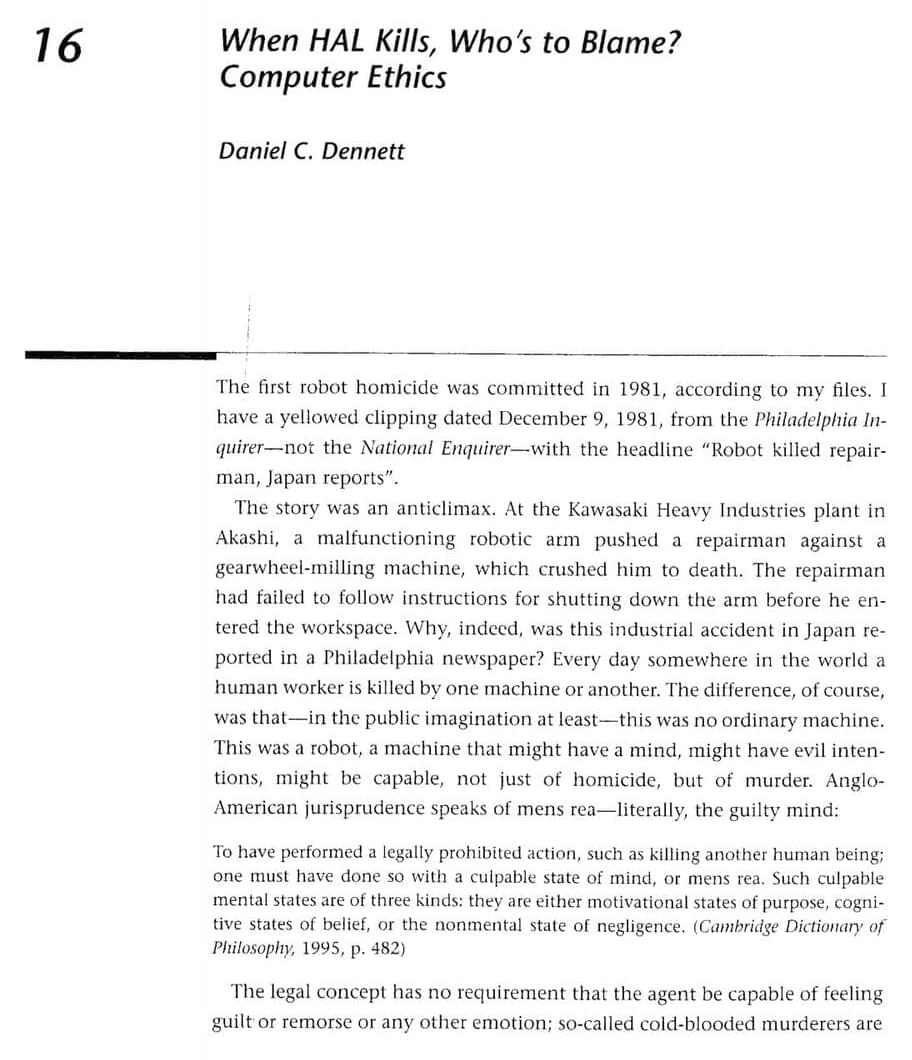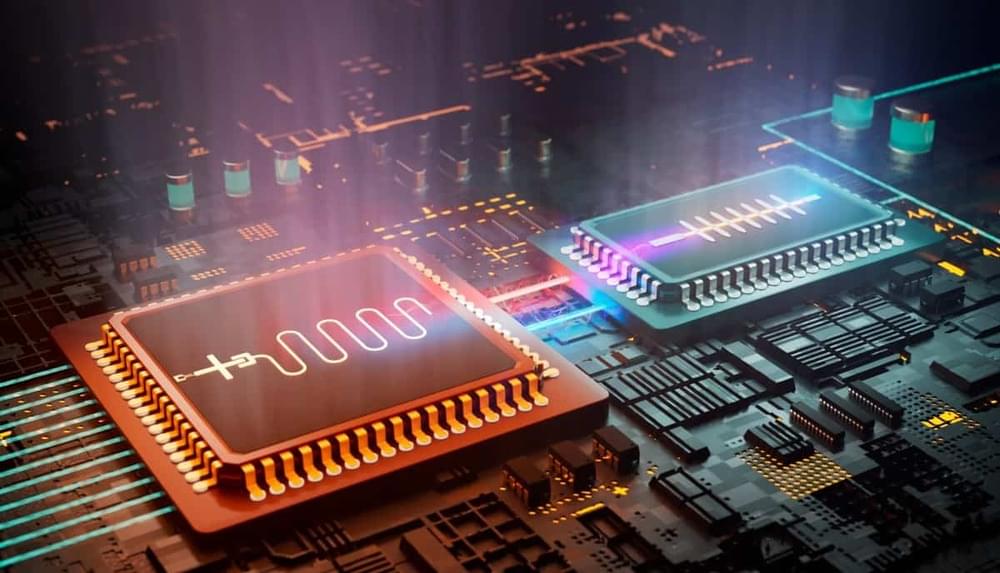
For this technique to work at very high fidelity, a very fast and very sensitive bolometer is needed to measure the quantum state before it decays. In 2020, the Finnish researchers unveiled a bolometer that used graphene as its absorber – a fast and sensitive design that was intended for use in quantum computing. Unfortunately, this bolometer degraded over time and the team instead used an older bolometer design involving interfaces between superconductors and normal metals.
Möttönen says that the researchers had initially not expected the older design to be effective for reading out the states of individual qubits. He also expects that the read-out fidelity could be boosted using improved graphene bolometers. “I’m hoping to get the new graphene bolometers out of the oven soon,” he says.
David Pahl at the Massachusetts Institute of Technology believes that the work is very preliminary, but potentially very important. He says that the two most important performance metrics for a scheme to read out quantum states are the fidelity and the speed: “The state of the art speed that we’ve seen in the past year is 0.1 μs and 99.5% fidelity…[Möttönen and colleagues] showed 14 μs and 61.7%,” he says.
